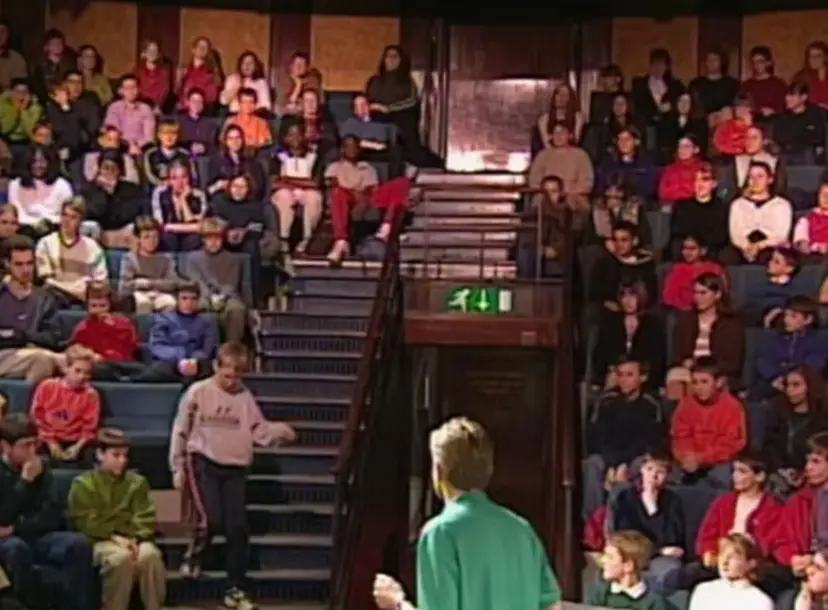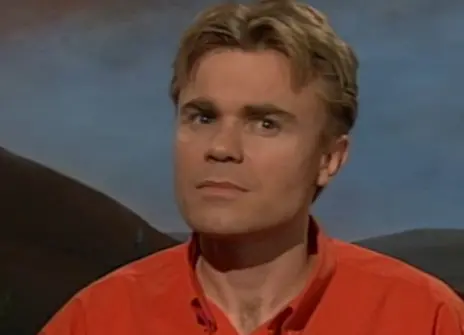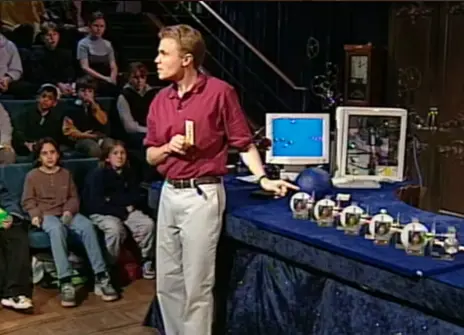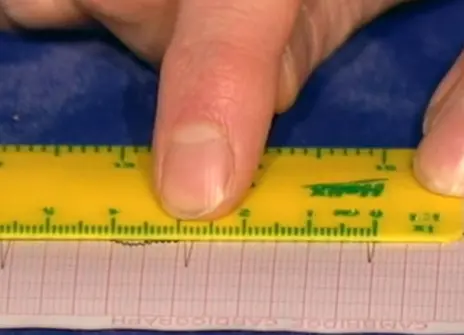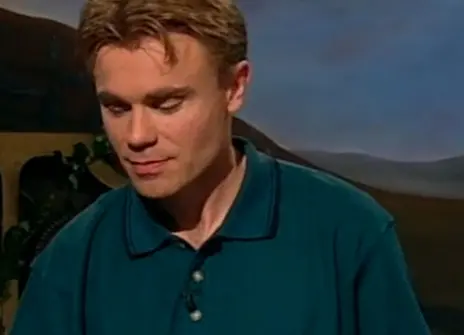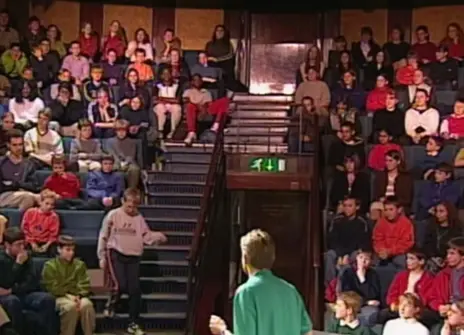Lecture 5 – Shaping the future
From the 1999 Lecture programme:
Quantum mechanics seems very weird indeed, nevertheless it underlies everything in our Universe. Not only should we therefore understand it, but maybe we can also exploit it.
Scientists are currently pushing into uncharted territory in the quantum world where effects such as teleportation can become reality. In a world based on quantum technology, incredible applications from quantum computers and quantum communication through to unbreakable secret codes are possible.
So can quantum mechanics help us 'beat the clock' and travel through time, thereby turning science fiction into science fact? How can we harness the peculiar properties of time, space and quantum phenomena and use them for our own benefit in the everyday world?
The answers to these questions can only come from a fuller understanding of how gravity, relativity and quantum mechanics are related. Although this is still beyond our grasp, there have been many fascinating recent proposals. There is even a suggestion that Nature has already beaten us to it by means of consciousness in the brain!
We are currently living in a rapidly changing world, the revolution of the information age. Amazingly this idea may have an even deeper significance than we had previously imagined. It turns out that we are just beginning to explore the idea of information as a unifying concept in science, in particular its role in the quantum world.
Is there a 'physics of information' from which all the known, and more importantly the unknown, laws governing our Universe naturally follow? Many different timescales coexist in our daily lives, just as all forms of life coexist on our planet. Our world depends on them, and so do we. From the astronomical time-scales to the near instantaneous, much remains to be discovered and understood.
We now know how to measure time very accurately, but how soon will we be able to answer the basic question 'what is time?'.
About the 1999 CHRISTMAS LECTURES
Physicist Neil Johnson looks at the concept of time in these CHRISTMAS LECTURES from 1999.
From the 1999 Lecture brochure:
What is time? Can we make it go backwards? Will it ever end – if so, how and when?
In our daily lives, we often find ourselves battling against time: we may blame it for slipping by too quickly, but are unable to stop it. On other occasions, such as during the Millennium celebrations, we happily celebrate its passing. Yet what would we do without it? There would be no way of running our everyday world: no night, no day, no Christmas, and no Christmas Lectures!
Phrases such as 'time is money', 'against the clock' and 'no time to lose' are typical of our love-hate relationship with time's steady march forwards. But why forwards? And how steady? These are very difficult, yet fundamental, questions that scientists are still trying to answer.
From a mathematical point of view, time is just another 'dimension' like space. However, it is a very mysterious and fascinating one. Our world seems to depend fundamentally on the fact that time moves forwards, not backwards. Although we travel around freely in space, time travel still lies beyond us.
What is the time? That question seems like it should be much easier to answer. After all, you just need to glance at your watch. But what if you had no watch, how would you go about measuring time?
It turns out that much of our own history is intertwined with this quest. As we have refined our understanding of how to measure time, we have become aware of the crucial role it plays in our world. Early clocks such as sundials relied on the motion of the heavenly bodies. Then came mechanical devices based on the periodic motion of a swinging pendulum.
More recently, we have turned to the ultra-small quantum world to devise atomic clocks which enable us to synchronise events in different places with amazing accuracy. The reliability of modern-day navigation, commerce, telecommunications and manufacturing depends heavily on such synchronisation.
Interestingly, however, there are many phenomena in our everyday world that can not be described using a regular time-scale. Traffic jams, stock market crashes, and earthquakes all seem to arise in an irregular, almost chaotic way. Does this mean we can never predict when they will occur?
These Lectures take us on a journey through time. We will travel from the vast time-scales of the Universe bounded by the intricate fabric of space-time itself, through our rapidly changing everyday world to the ultimate limits of the unbelievably small quantum world upon which all of life ultimately depends.
Our journey touches the outer limits of the current scientific understanding of the role of time in our world. This understanding has changed dramatically since the founding of the Royal Institution two hundred years ago. As for the surprises which await us in the future, only time will tell!
However, there are many recent scientific discoveries that provide exciting glimpses as to what may lie ahead, such as teleportation, the possibilities for time travel and the fate of the Universe itself.
